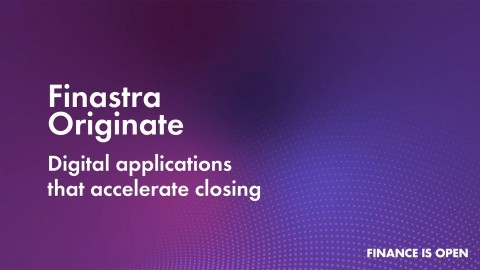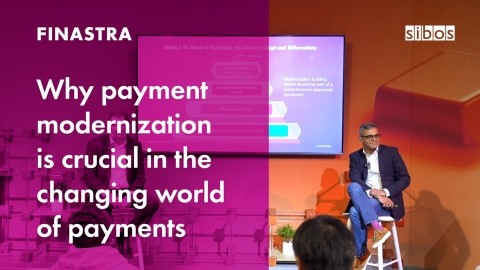Episode 3: Mary Kay Theriault and Vishall Kaistha – Retail Lending Outlook 2024
The US lending market, especially community banks and credit unions - across mortgages, consumer and commercial lending - saw continued change in 2023. Vishall Kaistha, Senior Product Manager, and Mary Kay Theriault, Director of Product Management, walk us through the possible upcoming challenges and share their outlook for 2024 – which they predict will be a year of challenge and innovation, requiring financial institutions to focus on agility, regulation, compliance and offering a holistic user experience to their borrowers.
Reflecting on 2023
2023 solutions landscape
Finastra launched LaserPro cloud, a cloud-based offering for Finastra’s industry-leading document generation solution. Vishall explained how, when integrated with LaserPro Conductor, financial institutions can fully customize and control the entire document review process end-to-end. The tools can significantly improve customer experience, save time and resources, and streamline the entire lending process - from guiding the borrower through their application, all the way through to workflow automation on the back-end.
Mary Kay talks about how Finastra, and the lending industry more broadly, adjusted to the shifting interest rate environment and lower volumes in the mortgage market. Workflow automation tools, such as OCR and AI capabilities, are enabling clients to close more loans faster without adding more staff, especially when rates are falling. Finastra has embedded this capability for mortgages, as well as consumer deposits and loans, and business deposits and loans – thereby providing a comprehensive suite of origination to all clients.
Hyper personalization
Personalization is a key factor in the mortgage space which will grow in importance in 2024. Borrowers increasingly require faster, easier, and more transparent access to credit, and Finastra is therefore leveraging partnerships and technologies to simplify the borrower application and data extraction process. Finastra’s LaserPro Conductor solution enables users to move documents between different systems and provide a seamless customer experience. Originate is another powerful tool when it comes to personalization – both for the customer applying for financial products as well as for the employees involved in the loan life cycles, especially processing.
Forward in 2024
Competition and regulations
Both Mary Kay and Vishall draw attention to the increased competition in the US market, as financial institutions’ reach is no longer limited to the footprint of their branch. Alongside competitive pressures, financial institutions will be affected by regulatory adjustments in 2024, including the Dodd Frank Act section 1071. Although not yet finalized, the ruling will require data collection and reporting on small business lending, with a consequent impact on how institutions process and track certain customer data, including the origination of business loans.
Finastra is preparing a configurable and dynamic solution that will integrate borrower application data into 1071 reporting capabilities. Alongside other regulatory changes, such as the Fair Housing Act and the Equal Credit Opportunity Act (ECOA), market volatility will continue to increase, making it imperative for financial institutions to leverage emerging technologies and become as agile as possible.
Customer engagement
Customer behavior constantly drives changes in financial services, and banks will face continued demands from their customers for quicker, more seamless, and personalized lending experiences. To meet these expectations, Finastra is bringing automation, communication, and cloud solutions to clients as a one-stop-shop for retail lending, integrating front ends from other vendors to accommodate customer needs.
In an inter-connected world, communication is more important than ever. When combined with a customer desire for automation everywhere, front-to-back system integration is essential, from application auto-fill all the way through to fulfillment.
Automation tools, as part of a cloud-based ecosystem, allow banks to maintain real-time two-way communication with customers, thereby increasing agility, driving faster fulfillment, a better and more personalized customer experience, and perhaps most importantly, a lower total cost of ownership.
Watch the video and join the conversation.


